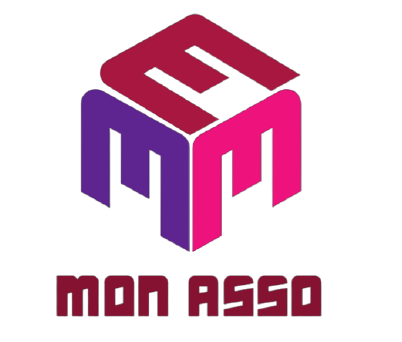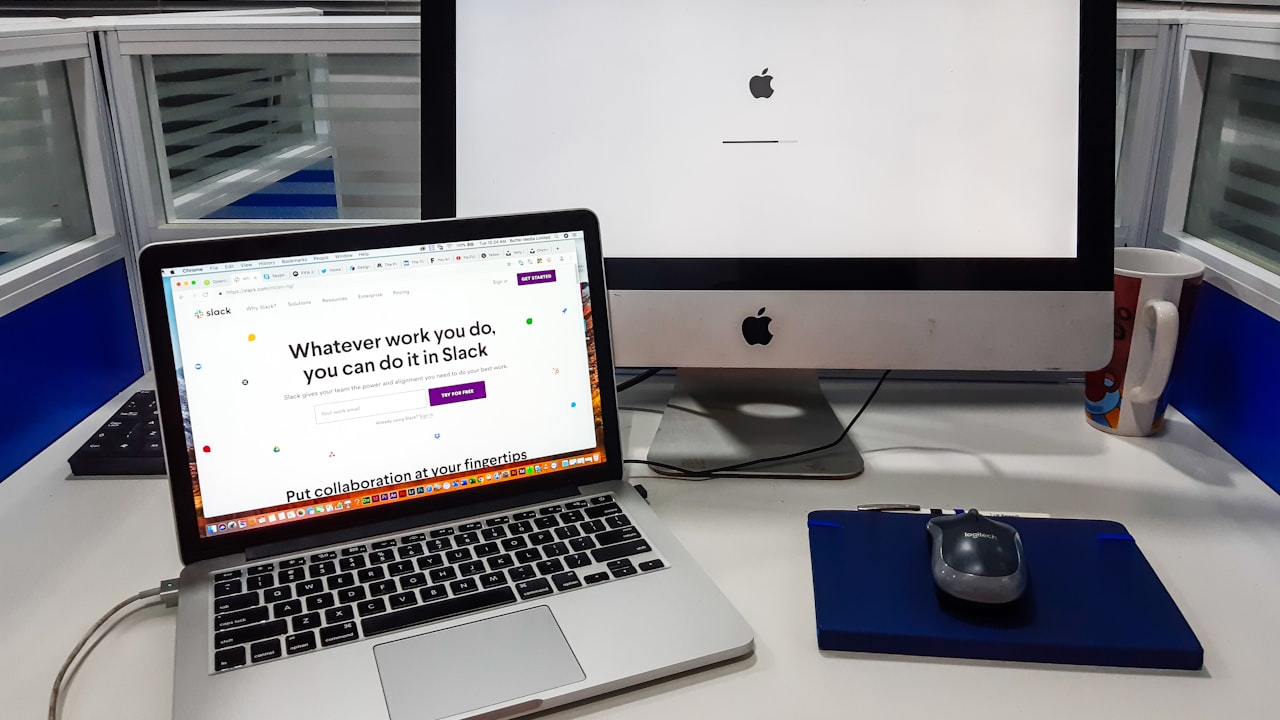Cold planning or what is cold forging might be a metalworking course of action where metal is molded at room temperature, commonly underneath the metal’s recrystallization temperature. This methodology is favored in creating its capacity to supply high-strength components with marvelous surface wrap-up and dimensional precision.
The procedure minimizes surface abuse and can move forward the mechanical properties of the fabricated components. Different cold molding strategies are utilized depending on the specified last thing and the surface being utilized. In this discussion, we’ll investigate the preeminent commonly utilized cold-creating techniques, laying out their rules, applications, and central centers.
Common Cold Manufacturing Strategies in Making
Cold planning can be metalworking arranged to form metal at room temperature, moving forward with quality and precision. Common strategies solidify impact-making for high-strength components, compression-making for dimensional exactness, and bothered-making for amplified cross-sectional amplification. Rotational molding produces long, uniform parts, even though coining finishes nitty abrasive highlights. Discharge makes tireless profiles. Each methodology offers unmistakable centers of captivation, catering to distinctive applications and time needs in creating.
Impact Planning
Impact making, besides known as drop molding, could be a high-pressure procedure utilized to create high-strength components like car parts, flying components, and hand contraptions. It joins striking a metal workpiece with a pound or press, causing it to misshape and fill the kick-the-bucket profundity. This method offers tall period rates, is sensible for complex shapes, and makes strides inside the metal’s mechanical properties through speedy mutilation and work cementing.
Compression Molding
Compression creating may perhaps be a strategy where metal is put between two kicks the bucket and compressed, causing it to stream and fill the significance. It is commonly utilized for making parts with clear to unassumingly complex shapes, such as gears and bushings. It offers amazing dimensional precision and surface wrap-up, making it compelling for medium to tall time volumes.
Irritated Making
Chafed molding may be a method that increments the breadth of a workpiece by compressing its closes even though the center is obliged. It is commonly utilized for making shock heads, nuts, and other clasp. It is idealize for making components with amplified cross-sectional locale and upgraded mechanical properties and is useful for making high-strength, little to medium-sized parts.
Turning Making
Rotating fabricating, as well known as roll creating, would be a technique that joins turning a workpiece underneath compressive qualities from nullifying rolls or passes on, permitting nonstop misshapening of the metal. It is utilized for making long, uniform components like shafts, tubes, and rails, publicizing ceaseless periods, strong properties, reduced surface abuse, and a mind-blowing surface wrap-up.
Coining
Coining can be a correct cold-creating course of action that joins crushed metal between high-pressure passes to make confusing centers of charmed and fine highlights. It is commonly utilized for making coins, gifts, and complex components like electronic connectors and little mechanical parts. Coining offers remarkable dimensional exactness and surface wrap-up, making it idealized for tall volume periods and small, point-by-point parts.
Expulsion
Cold removal may be planned where metal is compressed in one heading to make long, nonstop shapes with a uniform cross-section. It is commonly utilized inside the car, flying, and change businesses for making profiles like bars, tubes, and channels, as well as confounding cross-sectional shapes. Slants connect tall period rates, steady profiles, updated mechanical properties, and reduced fabric misuse.
Conclusion
Cold making consolidates a collection of techniques custom-fitted to grouped fabricating needs, each advancing unmistakable centers of interest in terms of capability, precision, and surface properties. From impact forging’s tall era rates to the exactness of coinage, these methodologies cater to a wide run of applications and businesses. The choice of procedure depends on variables such as the specified component shape, fabric properties, and era volume. Understanding these methods locks in producers to choose the preeminent sensible strategy for their particular necessities, guaranteeing culminated execution and cost-effectiveness in their time shapes.
















